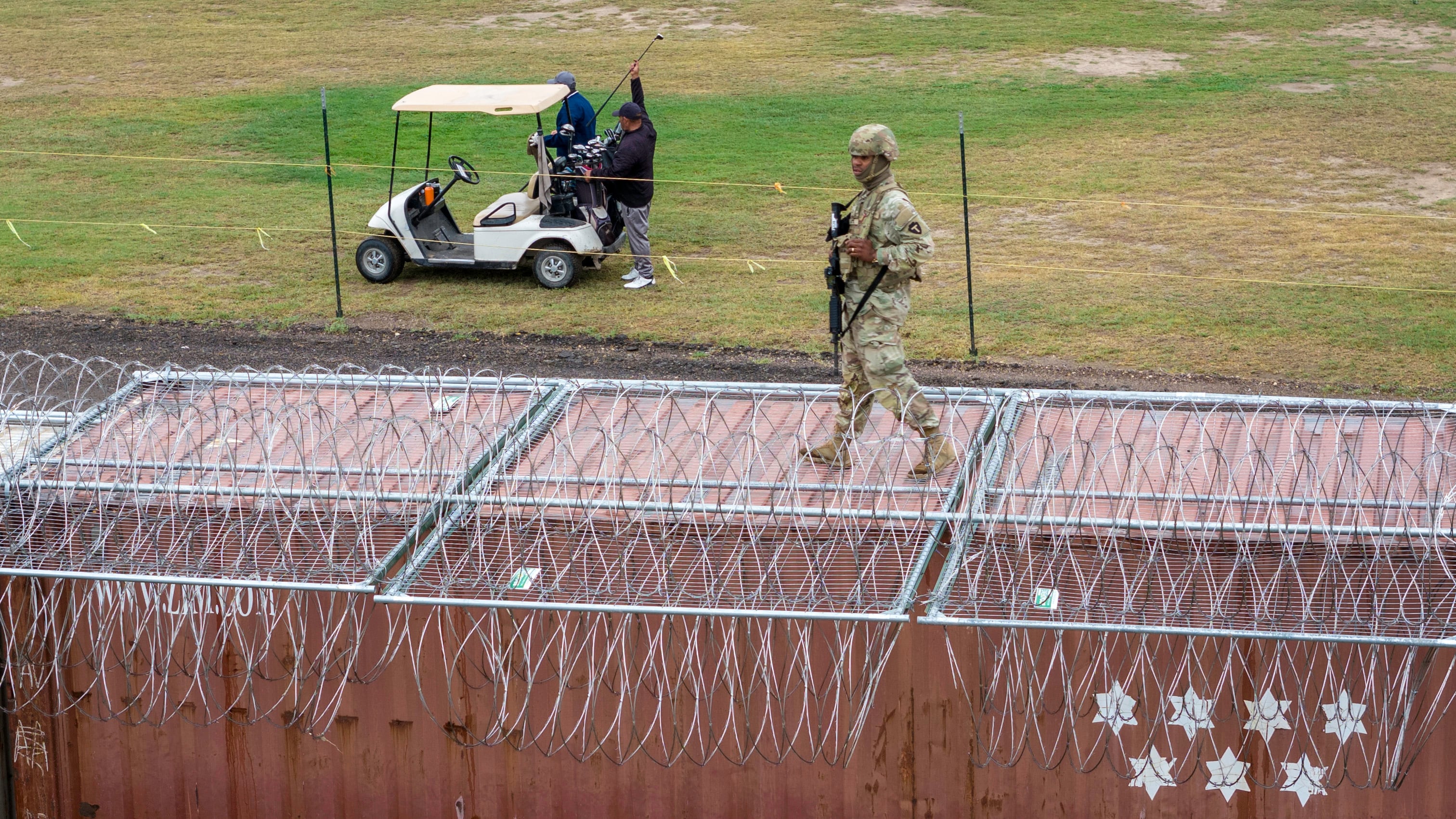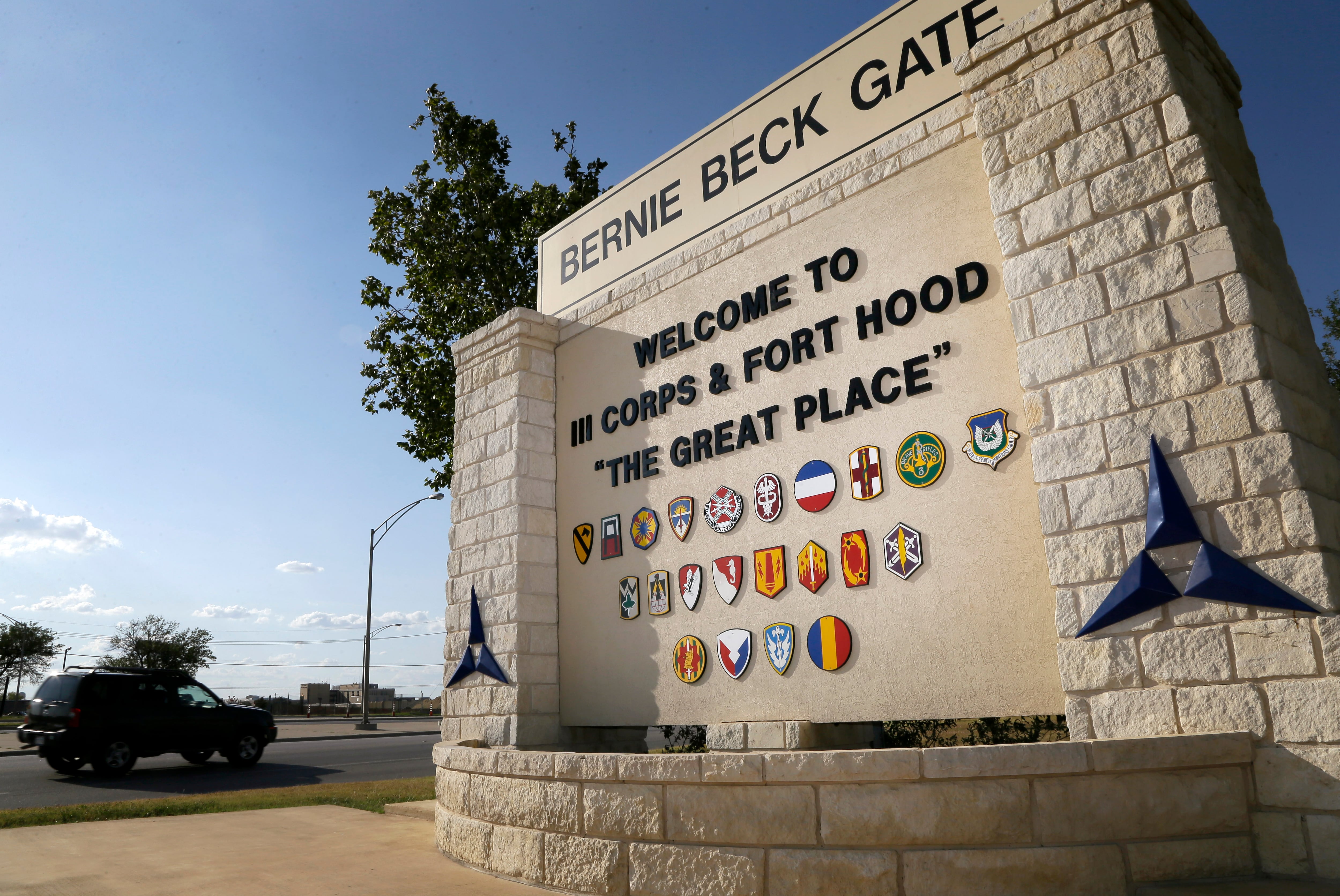The uptick of non-traditional or politically charged missions presents problems for troops, four retired National Guard generals said at an event on Monday that was put on by the Brookings Institution and Count Every Hero in Washington, D.C.
Panelists argued that deploying the National Guard for some state missions, while Guardsmen are in state active duty status, threatens readiness and training for more traditional mission sets. State active duty status pertains to state-funded missions controlled by a state’s governor mostly meant for a state or national emergency.
“We don’t traditionally train for some of these one-off missions,” said retired Air Force Gen. Craig McKinley, the former chief of the National Guard Bureau. “When we send our men and women downrange, we want to make sure they understand the mission. How do you train, organize and equip yourself for these one-off missions? It creates some tension, some conflict.”
State active duty differs from other statuses, such as Title 10, which can be used to surge troops considered part of the military at the federal level during wartime, or Title 32, meant to train and equip federally funded troops under the direction of the state’s governor.
In March, New York Gov. Kathy Hochul deployed 750 Guardsmen to conduct bag checks in the New York City subway system following a number of high-profile crimes.
Some school district officials in February asked Massachusetts Gov. Maura Healey to restore order in an unruly high school by sending in troops, according to the Associated Press, and New Mexico Gov. Michelle Lujan Grisham in January 2022 called in the National Guard to serve as substitute teachers during the COVID-19 pandemic.
“If we overuse them for other things, like bus drivers, school teachers, prison guards and all the rest, that’s not really what the thought was behind the creation of the National Guard,” said retired Air Force Gen. Joseph Lengyel, another former chief of the National Guard Bureau. “[Domestic operations were about] saving lives, protecting property and helping restore order if you need it. Some of these other things are new, growing and emerging missions.”
That diversification of missions can impact morale and readiness, the retired generals warned.
“The call for those nonconventional missions comes more and more frequently,” said retired Air Force Brig. Gen. Allyson Solomon, the former Adjutant General of Maryland. “It’s about sustainability. How can you sustain a force as a reserve force for the United States active duty, as an individual who needs to be prepared to respond when you’re unable to find the time or have the time to do the training that you need in order to be fully prepared?”
But sometimes National Guard missions challenge federal authority.
The Pentagon surged 1,500 troops to the U.S.-Mexico border in May 2023 to support Customs and Border Patrol personnel. But Texas Gov. Greg Abbott’s mission Operation Lone Star, which started in 2021, has caused jurisdictional headaches between Guard units and federal border protection officials.
Confusion over jurisdiction led to a standoff between federal forces and the Texas National Guard at a park in Eagle Pass, Texas earlier this year.
Since its formation, Operation Lone Star has been rife with poor morale among troops, delays in payment and subpar living conditions, along with a wave of troop suicides, a Military Times and Texas Tribune joint investigation found.
Some of the consequences of these “enduring missions” differ from other deployments overseas, Lengyel said. He explained that, when deployed to the Middle East, unlike the southern border, Guard troops were at least sent to an Army garrison already built and ready to take care of troops.
“It’s hard for some units to do these kinds of [missions],” he said.
Zamone “Z” Perez is a reporter at Military Times. He previously worked at Foreign Policy and Ufahamu Africa. He is a graduate of Northwestern University, where he researched international ethics and atrocity prevention in his thesis. He can be found on Twitter @zamoneperez.





